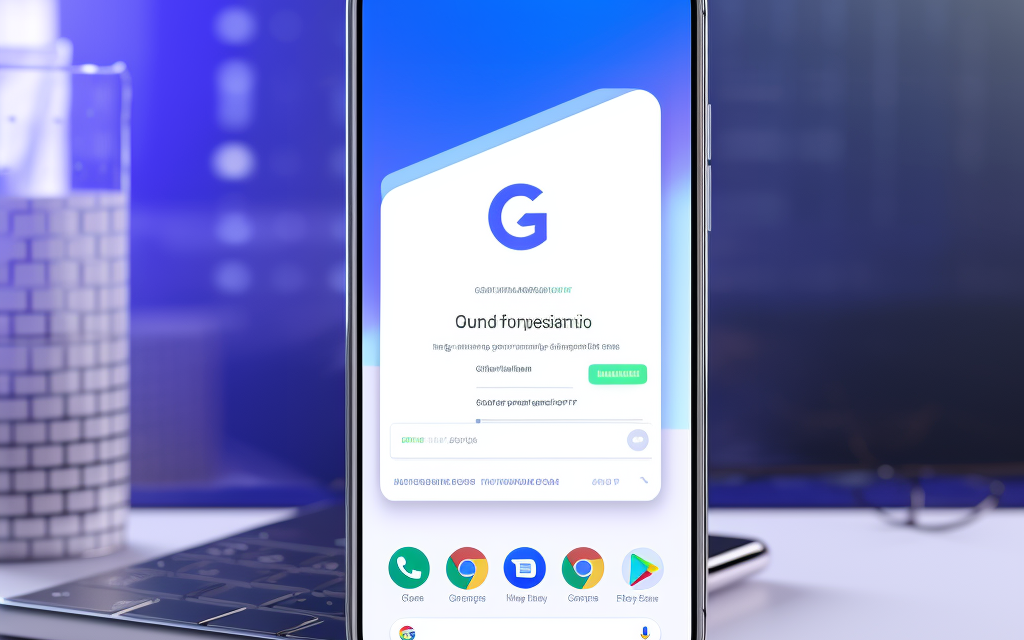In the modern business landscape, the integration of technology in daily operations is unavoidable. With the rise of remote working and the increasing reliance on digital platforms, companies are continually adapting to new ways of working. A significant part of this adaptation involves decisions around digital access, particularly the use of personal phones to sign in to enterprise platforms like GSuite and Office 365. While this approach offers several benefits, it also comes with its fair share of risks, particularly concerning security.
The Convenience Factor: Benefits of Using Personal Phones
One of the most compelling arguments for allowing employees to use their personal phones for accessing GSuite and Office 365 is convenience. In an age where work and personal life are increasingly intertwined, the ability to access work emails, documents, and calendars from a personal device is a significant boon. It enhances flexibility, allowing employees to work from anywhere at any time. This flexibility is not just a matter of convenience but also translates to increased productivity.
Moreover, in the context of GSuite and Office 365, both platforms offer seamless integration and synchronization across devices, meaning that work done on a personal phone is immediately available on office computers and vice versa. This interoperability facilitates a smoother workflow and ensures that employees are always connected, whether they are in the office, at home, or on the go.
Security Concerns: The Risks Involved
However, the use of personal phones to access work platforms like GSuite and Office 365 is not without its risks, primarily revolving around security. Personal devices are typically not under the direct control of the IT department, meaning they may not adhere to the same stringent security protocols that are enforced on company devices. This discrepancy can lead to vulnerabilities. Personal phones might be more susceptible to malware and phishing attacks, which, in turn, can compromise sensitive company data accessible through GSuite or Office 365.
Another security concern is the physical security of the device itself. Personal phones are more likely to be lost or stolen than office-bound equipment, posing a significant risk in terms of potential data breaches. Furthermore, the mixing of personal and work data on the same device can lead to accidental data leakage, where company information is mistakenly shared through personal channels.
Balancing Risks and Rewards: Best Practices
To harness the benefits of using personal phones for GSuite and Office 365 access while mitigating the associated security risks, businesses need to implement a balanced approach. Here are some best practices:
- Implement Strong Authentication Measures: Ensure that accessing GSuite and Office 365 on personal devices requires strong authentication methods, such as two-factor authentication. This step significantly reduces the risk of unauthorized access.
- Regular Security Training: Employees should be regularly trained on security best practices, including how to recognize phishing attempts and the importance of keeping their devices’ software up to date.
- Use Mobile Device Management (MDM) Tools: MDM tools can help monitor and manage personal devices used for work purposes. They can enforce security policies, like requiring a PIN or fingerprint lock, and remotely wipe data if the device is lost or stolen.
- Establish Clear Policies: Clearly define what is permissible and what isn’t when using personal devices for work purposes. Employees should understand the boundaries and the responsibilities that come with the privilege of using their personal phones for work.
- Regular Security Audits: Conduct regular audits to ensure that personal devices accessing company data through GSuite and Office 365 are compliant with the organization’s security policies.
- Data Segregation: Use applications or management tools that segregate personal and work data on the device. This segregation helps prevent accidental data leaks.
Conclusion
The decision to allow employees to use personal phones for accessing GSuite and Office 365 is a complex one, balancing the need for convenience and flexibility with the imperative of maintaining robust security protocols. By understanding both the risks and benefits and implementing a strategic approach to manage these aspects, businesses can create an environment that is both productive and secure. As the digital landscape continues to evolve, so too must our approaches to workplace technology and security, ensuring that we stay ahead of potential threats while reaping the benefits of technological advancements.

